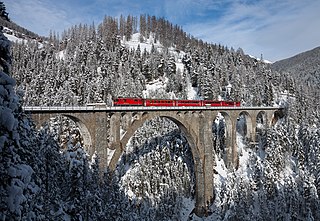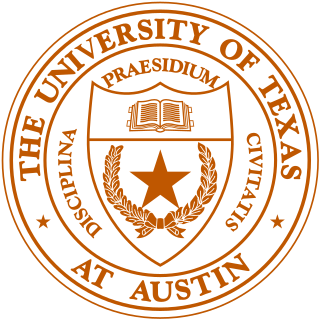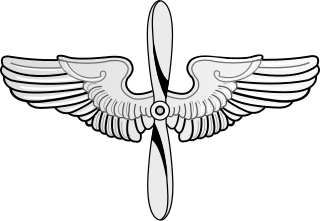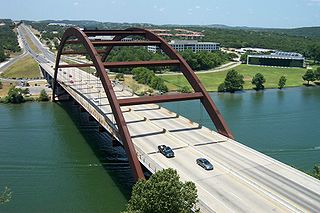
Mason is the seat of Mason County, Texas, United States. The town is an agricultural community on Comanche Creek southwest of Mason Mountain, on the Edwards Plateau and part of the Llano Uplift. The population was 2,114 at the 2010 census.
Tung-Yen Lin was a structural engineer who was the pioneer of standardizing the use of prestressed concrete.

Captain James Buchanan Eads was a world-renowned American civil engineer and inventor, holding more than 50 patents.

John Henninger Reagan was an American politician from the U.S. state of Texas. A Democrat, Reagan resigned from the U.S. House of Representatives when Texas seceded from the Union and joined the Confederate States of America. He served in the cabinet of Jefferson Davis as Postmaster General. After the Confederate defeat, he called for cooperation with the federal government, an unpopular position. He was elected to Congress in 1874, after his predictions of harsh treatment for resistance were proved correct. He also served in the U.S. Senate from 1887 to 1891, and as chairman of the Texas Railroad Commission. He was among founders of the Texas State Historical Association.
Loop 360 is a 13.99-mile (22.51 km) loop route in Austin in the U.S. state of Texas. Loop 360 is a scenic highway winding through the hills of West Austin. The road is described by the Texas Department of Transportation (TxDOT) as "a 4-lane depressed median arterial with at-grade signalized intersections." In 2001, the average daily traffic was 55,000 vehicles at the most traveled point. The highway should not be confused with Texas State Highway 360 in the Dallas–Fort Worth metroplex.

The Houston Ship Channel, in Houston, Texas, is part of the Port of Houston, one of the US's busiest seaports. The channel is the conduit for ocean-going vessels between Houston-area terminals and the Gulf of Mexico, and it serves an increasing volume of inland barge traffic.

Richard Andrews was the first Texian killed during the Texas Revolution.

Percy Ellis Sutton was a prominent black American political and business leader. An activist in the Civil Rights Movement and lawyer, he was also a Freedom Rider and the legal representative for Malcolm X. He was the highest-ranking African-American elected official in New York City when he was Manhattan borough president from 1966 to 1977, the longest tenure at that position. He later became an entrepreneur whose investments included the New York Amsterdam News and the Apollo Theater in Harlem.
Thomas Christian Kavanagh was a noted American civil engineer and educator, and a founding member of the National Academy of Engineering, serving as its first treasurer from 1964–1974.

The Edward E. Whitacre Jr. College of Engineering is the college of engineering at Texas Tech University in Lubbock, Texas. The engineering program has existed at Texas Tech University since 1925. Additionally, the Whitacre College of Engineering administers graduate engineering degree programs at the university's campus in Amarillo, Texas. Many of the college's degree programs are accredited by ABET. The Whitacre College of Engineering is the first and, presently, only school in the world to offer a doctor of philosophy degree in wind science and engineering.
Wendell Wise Mayes Jr. is a former radio and cable television executive in Austin, Texas, who is known for his leadership roles with the American Diabetes Association and the International Diabetes Federation. The American Diabetes Association presents the Wendell Mayes Jr. Award for Lifetime Service, its highest award given to non-medical professional volunteers, to honor members for their lifetime achievement. He was the initial recipient of the award in 1986. Mayes is also a longtime supporter of education, earning five college degrees and establishing scholarships and awards at five higher education institutions in Texas.
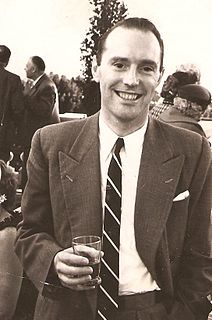
Harry Bolton Seed was an educator, scholar, former Professor at the University of California, Berkeley. He was regarded as the founding father of geotechnical earthquake engineering.
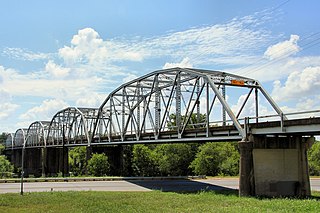
Montopolis is a neighborhood in Austin, Texas. Located southeast of the city's urban core, Montopolis encompasses part of ZIP code 78741.

Anna J. Hardwicke Pennybacker, known publicly after her marriage as Mrs. Percy V. Pennybacker, was the president of the American General Federation of Women's Clubs in the early 20th Century, a Chautauqua speaker and a leader in the women's suffrage movement.
William H. Holland was an educator who served one term in the Texas Legislature. He was the brother of Medal of Honor recipient Milton M. Holland.

Gregory Louis Fenves is a structural engineer, professor and college administrator who has served as the twenty-ninth president of the University of Texas at Austin since June 3, 2015. For his research and teaching, Fenves was elected to the National Academy of Engineering in 2014, the highest recognition for an engineer in the United States. He holds the Cockrell Family Chair in Engineering #15 and the Ed and Carolyn Hyman Presidential Leadership Chair at UT Austin.

Daniel Baker (1791–1857) was an American Presbyterian minister and educator in the Antebellum South. He was the founder of Austin College, and served as its second president from 1853 to 1857.
The Texas Federation of Women's Clubs (TFWC) is a non-profit women's organization in Texas which was founded in 1897. The purpose of the group is to create a central organization for women's clubs and their members in Texas relating to education, the environment, home and civic life, the arts and Texas history. Seventy-percent of public libraries in Texas were created through the work of the members and clubs of the TFWC.



